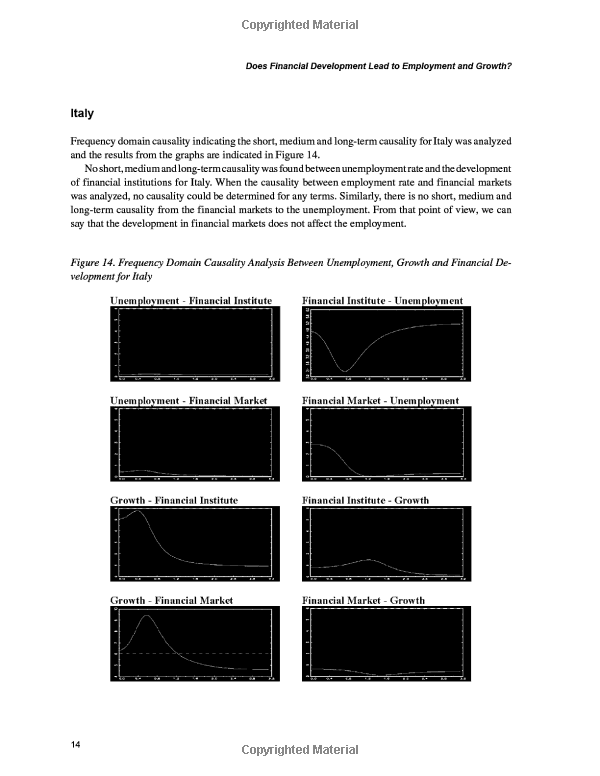Understanding the Importance of Allowance for Loan Losses in Financial Institutions
#### What is Allowance for Loan Losses?The **allowance for loan losses** (ALLL) is a critical accounting measure used by financial institutions to estimate……
#### What is Allowance for Loan Losses?
The **allowance for loan losses** (ALLL) is a critical accounting measure used by financial institutions to estimate the potential losses they may incur from loans that borrowers are unable to repay. This allowance serves as a buffer against future loan defaults and is essential for maintaining the financial health of banks and credit unions.
#### The Purpose of Allowance for Loan Losses
The primary purpose of the **allowance for loan losses** is to ensure that financial institutions are prepared for potential losses on their loan portfolios. By setting aside a portion of their earnings as an allowance, banks can absorb losses without severely impacting their overall financial stability. This practice is crucial for maintaining investor confidence and ensuring compliance with regulatory requirements.
#### How is Allowance for Loan Losses Calculated?

Calculating the **allowance for loan losses** involves analyzing various factors, including historical loss data, current economic conditions, and the creditworthiness of borrowers. Financial institutions typically use one of two methods to estimate their loan loss allowance: the historical loss method or the current expected credit loss (CECL) model. The historical loss method relies on past data to predict future losses, while the CECL model requires institutions to consider a broader range of information, including future economic forecasts.
#### The Impact of Allowance for Loan Losses on Financial Statements
The **allowance for loan losses** plays a significant role in a bank's financial statements. It is recorded as a contra-asset account on the balance sheet, reducing the total value of loans outstanding. This accounting treatment ensures that the bank presents a more accurate picture of its financial health by reflecting potential losses. Additionally, changes in the allowance for loan losses directly affect the income statement, as increases in the allowance are recorded as an expense, thereby reducing net income.
#### Regulatory Requirements for Allowance for Loan Losses

Regulatory bodies, such as the Financial Accounting Standards Board (FASB) and the Office of the Comptroller of the Currency (OCC), impose strict guidelines on how financial institutions should calculate and report their **allowance for loan losses**. These regulations aim to ensure transparency and consistency in financial reporting, allowing stakeholders to assess the risk associated with a bank's loan portfolio. Compliance with these regulations is essential for maintaining the institution's reputation and avoiding potential penalties.
#### Challenges in Managing Allowance for Loan Losses
Managing the **allowance for loan losses** can be challenging for financial institutions, particularly during periods of economic uncertainty. Factors such as fluctuating interest rates, changing borrower behavior, and unexpected economic downturns can significantly impact loan performance. Additionally, accurately predicting future losses requires a deep understanding of market conditions and borrower risk profiles, making it a complex task for financial analysts.
#### Conclusion

In conclusion, the **allowance for loan losses** is a vital component of risk management for financial institutions. By proactively setting aside funds for potential loan defaults, banks can safeguard their financial stability and maintain investor confidence. Understanding the intricacies of the allowance for loan losses is essential for stakeholders, including investors, regulators, and financial analysts, as it provides valuable insights into the health of a financial institution's loan portfolio. As the financial landscape continues to evolve, the importance of a well-managed allowance for loan losses will only increase, highlighting the need for robust risk assessment and management practices.